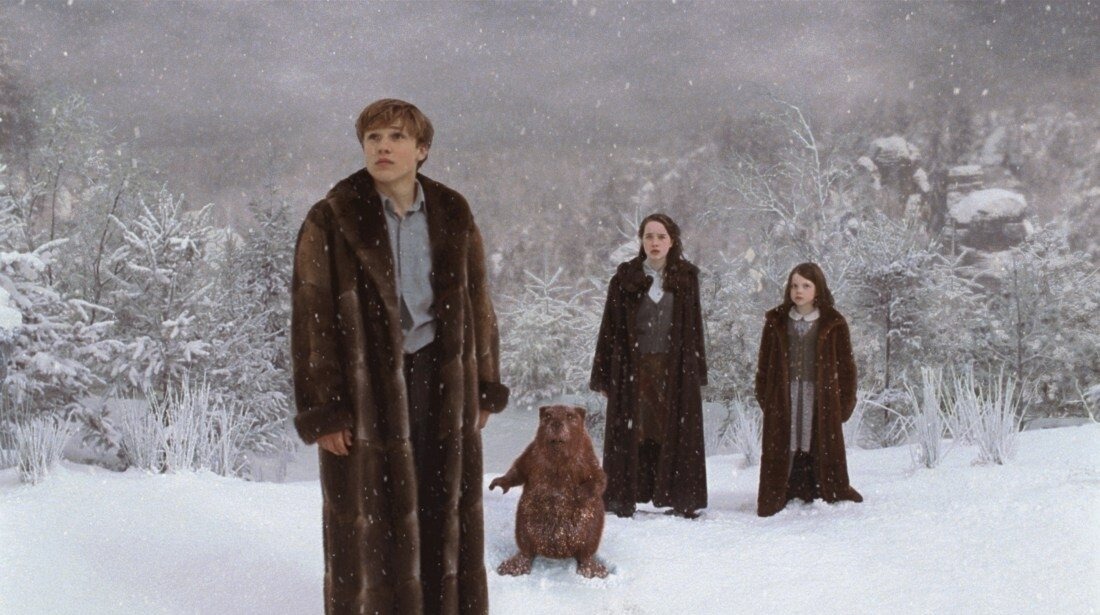
The autumn-winter period is a very favorable time for the development of dandruff on the head. Constant temperature changes, wearing a hat, and very dry indoor air can contribute to increased dryness of the scalp. We spoke to experts and found out what causes dandruff, how to treat it, and how to prevent dandruff next time.
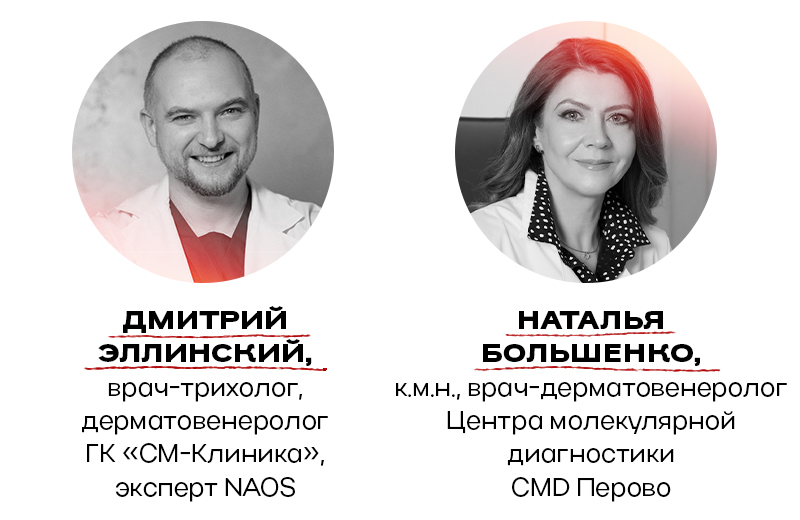
What is dandruff
Scientifically speaking, this is a mild form of seborrheic dermatitis, most commonly seen on the scalp. Simply put, dandruff occurs due to the high rate of shedding of epidermal flakes remaining on the scalp.
“Normally, the natural cell renewal process of the scalp occurs in 25-30 days, and in patients with dandruff symptoms, it takes 5-14 days. As a result, the cells do not have time to fully keratinize, they stick together and peel off in the form of flakes called dandruff,” says dermatovenerologist Ph.D. Natalya Bolshenko.
Causes of appearance
Trichologist Dmitry Ellinsky believes that the main cause of dandruff is the discrepancy between the capabilities of the skin and the demands of the external environment. He explains it this way:
“If we consider the skin as a barrier, its task is to protect and preserve our homeostasis (constancy of the internal environment). This internal environment has different participants – heart, brain, kidneys, liver and others. And from a body and survival perspective, skin is not the most vital organ. Therefore, if there is hunger somewhere, if there is a lack of vitamins or some substance, he will be the first to know about it. He is malnourished.
Some people have so-called weak points (scientifically speaking, genetic predisposition). For some it is the nose, for some it is the stomach, for some it is the skin. And he is the first to react to signs of ill health in the body. “Master, we have problems,” he shouts. And depending on living conditions and other factors, this cry may remain the only cry for a long time (that is, visible problems may be reflected only on the skin), but sooner or later other organs and systems will join it. Because we have one body,” he says.
From here we can conclude that seborrheic dermatitis is merely a reaction of the skin to other existing problems in the body.

Natalya Bolshenko adheres to the generally accepted point of view about the cause of dandruff. He identifies two main factors: genetic predisposition (a feature of the secretion of the sebaceous glands that tends to increase sebum production) and colonization by yeast-like fungi of the genus Malassezia, which are part of the normal microflora of the scalp, but their pathogenicity can increase when provoking factors appear. As a result, an inflammatory reaction on the skin (seborrheic dermatitis) develops in seborrheic areas (scalp, face, upper body and back in the chest area, skin folds).
Formation factors
What causes dandruff? These can be any factor that contributes to increased stress on the skin and decreased healing from within. They can be divided into two types: environmental factors and internal factors of the body. The first ones include improper skin and hair care, frequent washing with shampoos that dry the skin, climatic conditions (dry air at home, cold weather outside). The latter include stress, lack of microelements, hereditary predisposition and taking medications.
Types of dandruff

“Depending on the concentration of the liquid part (sebum), dandruff can vary from dry to almost liquid,” says Dmitry Ellinsky. What are the reasons for the differences? If necessary lipids are missing and unnecessary lipids are excessive in the body, it tries to protect itself from the external environment with what it has. Therefore, the quality of the lipid gives way to quantity. Sebum secretion increases and oily dandruff appears. And if the factor of disruption of normal cell exfoliation is more pronounced, the body increases exfoliation, but the fat content does not change. Therefore, dry dandruff appears.
How can we distinguish dandruff on the scalp from dry scalp?
Dry scalp can easily be confused with seborrheic dermatitis. But it’s still not the same thing.
“With dandruff, large individual flakes (dry or oily) appear at the base of the hair. If left untreated, scales accumulate, crust, redness and peeling occur. And when the scalp is dry, there is a feeling of tightness after washing, dandruff flakes are small, light and, as a rule, after normalization of care (moisturizing masks, rinsing thoroughly, avoiding overdrying with a hair dryer), all negative consequences go away,” says Natalya Bolshenko.
But Dmitry Ellinsky believes that increased dryness of the scalp is already a sign of a violation of the skin barrier. Over time, this condition can develop into full-blown seborrheic dermatitis.
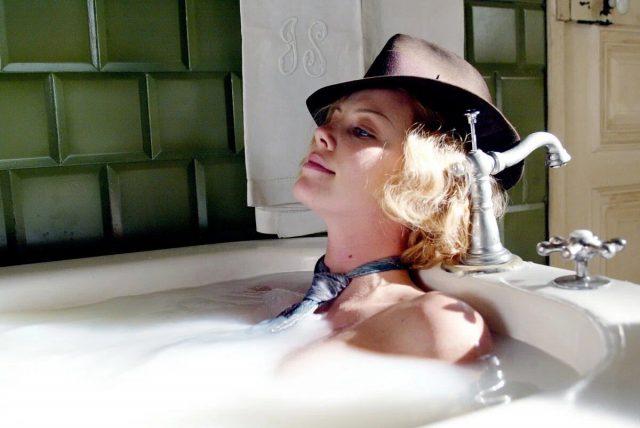
In our opinion, you can come to a compromise: if you understand exactly why dandruff appears (moving to an area with harder water, changing shampoo, etc.) and start using medicinal products to eliminate dandruff, you can completely cure yourself. However, as soon as you realize that the remedies are not working or the situation is getting worse, you should definitely consult a specialist for professional treatment.
dandruff treatment
In general, doctors do not recommend treating the disease on your own at home. Therefore, when the first symptoms of seborrheic dermatitis appear, you should consult a dermatologist or trichologist. For mild cases, the doctor will recommend external treatments and discuss factors that precede dandruff formation. If severe peeling is accompanied by skin redness, itching and is recurring in nature, the doctor will prescribe a clinical and laboratory examination.
“Treatment must be comprehensive. Care from the outside and systematic strengthening of the barrier from the inside. Without this, the effectiveness of the treatment is minimal. That is why I often hear from patients the words “this shampoo does not work for me anymore, give me another one.” An integrated approach eliminates the inflammation and from now on the person has no other It is necessary to follow a lifestyle that will prevent the occurrence of an exacerbation. You will not be able to buy a way to get rid of problems with shampoos and peelings,” says Dmitry Ellinsky.
Prevention
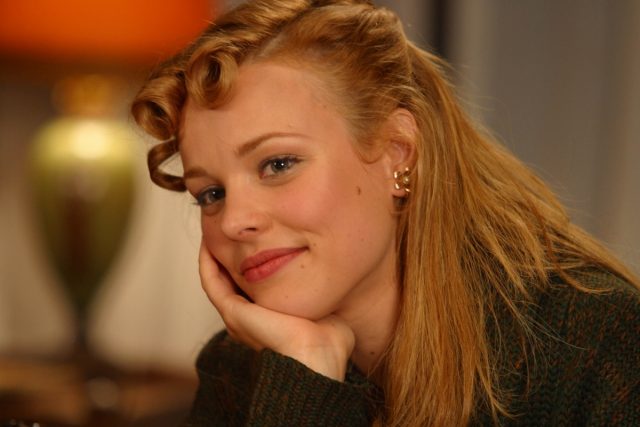
How to prevent this from happening again? Follow the doctors’ advice:
— Find and eliminate the causes. A dermatologist will help with this.
— Use medical and cosmetic anti-dandruff products that will maintain the optimal condition of the skin.
— To improve the condition of the epidermal barrier of the scalp, adjust your diet to be rich in vitamins and polyunsaturated fatty acids.
— Avoid provocative factors.
How should you wash your hair to get rid of dandruff?
In addition to getting rid of oiliness and flaking, one of the tasks during the treatment is not to dry the scalp. That’s why doctors recommend using two types of medicated anti-dandruff shampoos. If you use only one cleanser, your skin may become dry and heavy; if you use only a moisturizer, it will not have an anti-inflammatory and sufficient cleansing effect.

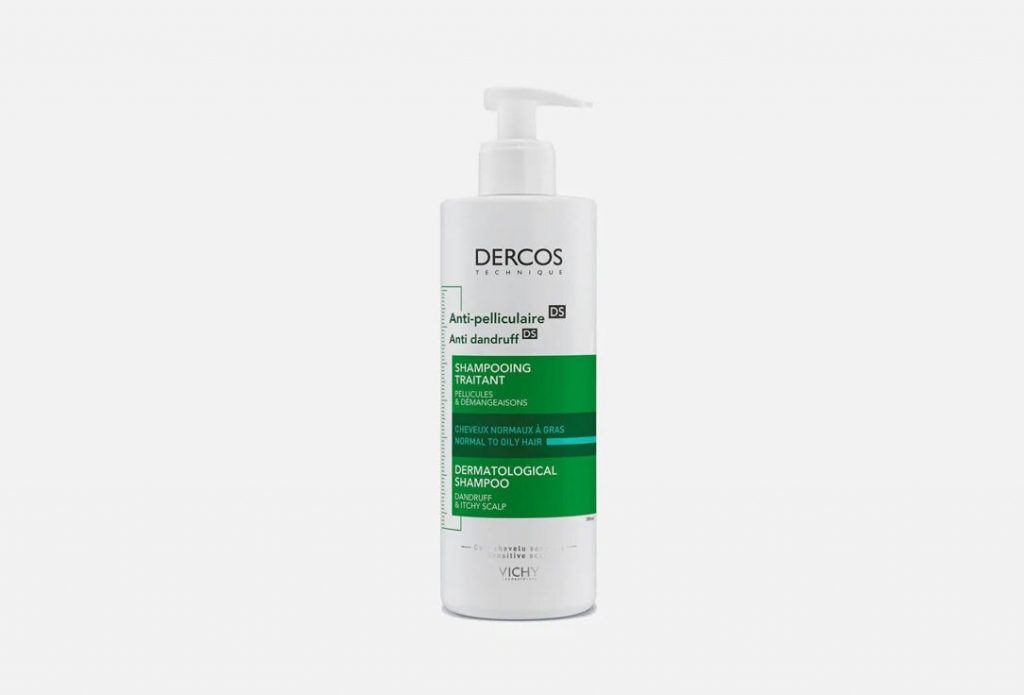
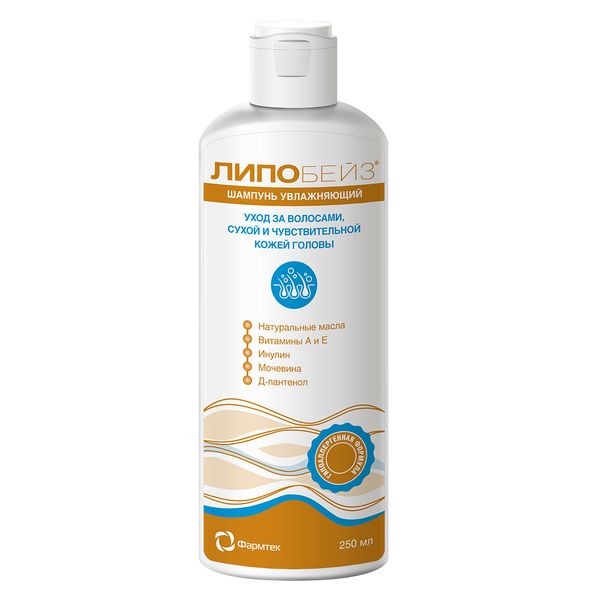
What to look for in a medicated shampoo:
– antifungal ingredients (ketoconazole, bifonazole, ciclopirox)
– substances that have not only antifungal, but also anti-inflammatory effects (zinc pyrithione, selenium disulfide, tar, ichthyol).
– substances that suppress the secretion of the sebaceous glands (salicylic acid).
What should you do if you want to cut your hair but are embarrassed?
The disease brings along psychological stress as well as physical discomfort. You can’t relax and not think about your hair, you have to constantly check your hairstyle and hide the strands under your hat. Some people are embarrassed to go to the hairdresser. We decided to find out the opinion of Maria Datz, the master of the “CULTURE” hairdressing salon, on this issue:
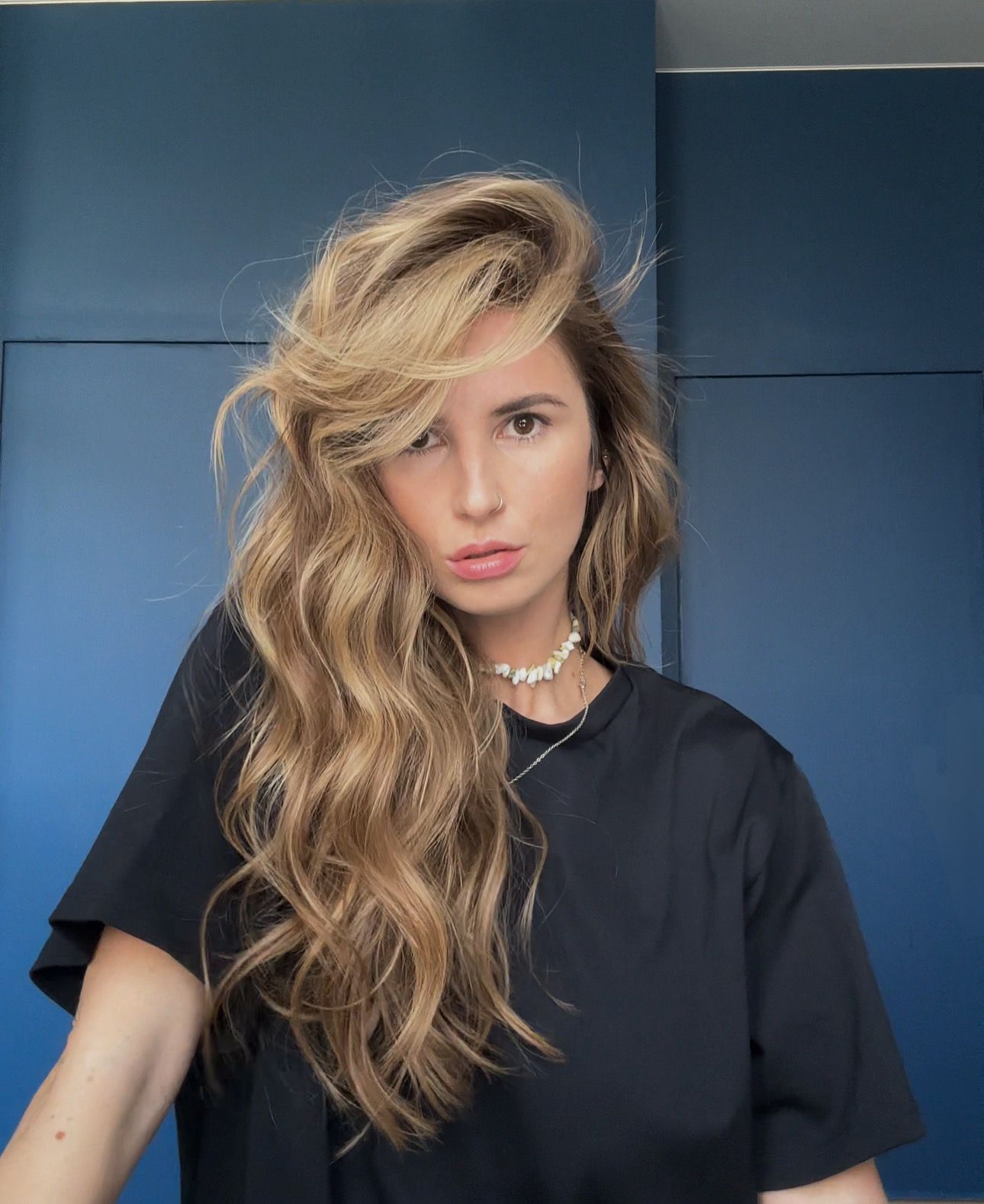
Maria Datz, master of the hairdressing salon “CULTURE”
“Dandruff is definitely not a reason to avoid going to the hairdresser. It cannot be infected, it arises for individual reasons, so you can safely plan a new haircut or coloring, as well as treatment by a trichologist. Moreover, as a master hairdresser, I can also add that one in four people face this problem, so do not hesitate and do not postpone your favorite procedures. The hairdresser will not reject you and will not pay excessive attention to a temporary illness. Also, the master can give various recommendations, choose care and prescribe procedures if treatment has not yet started. Also, if my guest at the salon asks me to wash his hair with the special healing shampoo he brought with him, I always react calmly.”
Source: People Talk
I’m Roger Gritton, and I’ve been writing for the The Fashion Vibes for over 5 years now. My specialty is beauty news; I’m passionate about covering the latest trends, products, and innovations in the industry. In my time there, I’ve become known as an authority on all things beauty-related.
I love discovering new experts to interview, researching up-and-coming ingredients and techniques that are making their way onto our beauty shelves and highlighting people who are making a difference in the world of cosmetics. My work has appeared not only on The Fashion Vibes, but also several other publications including the New York Times Magazine, Allure Magazine and Refinery29.



